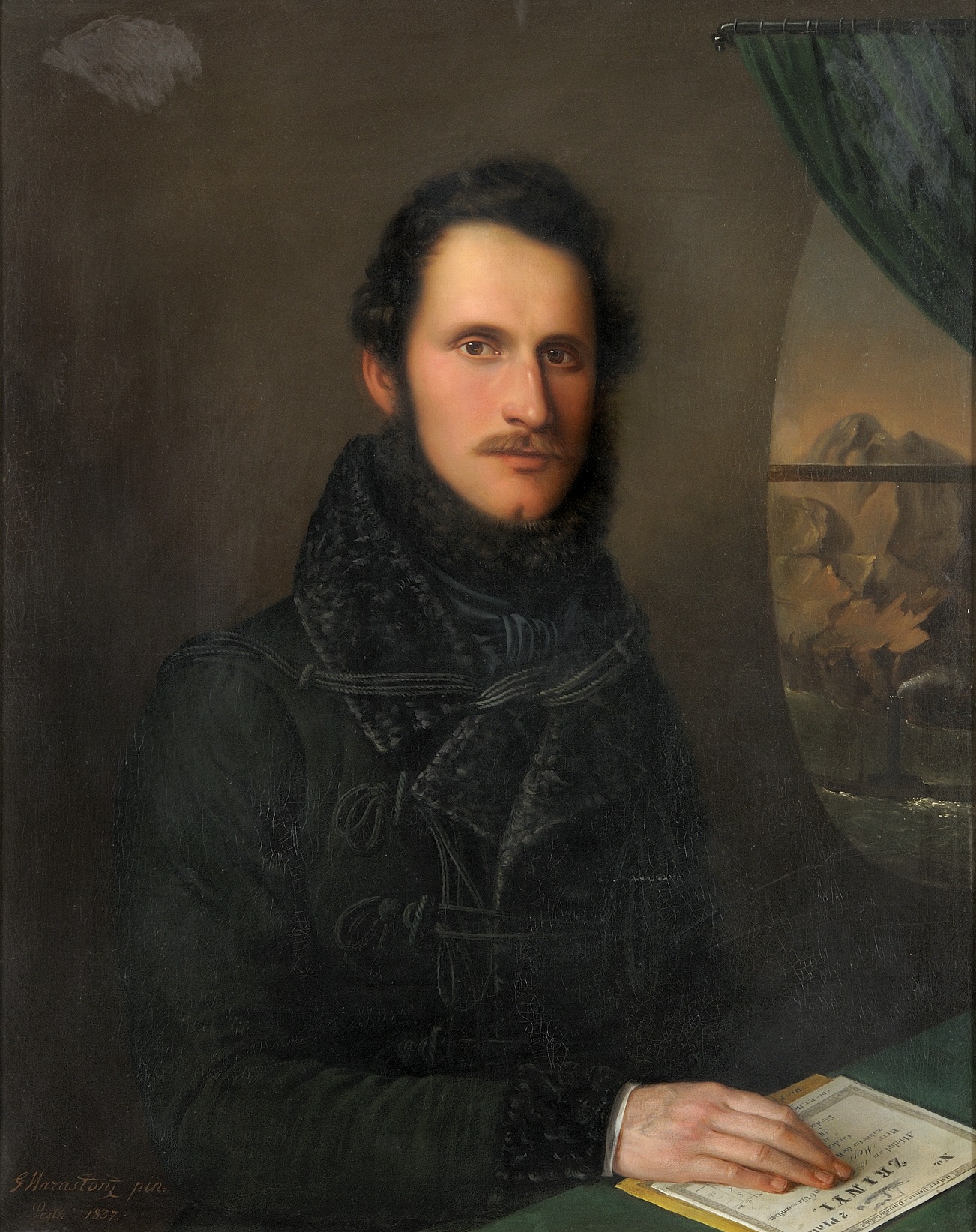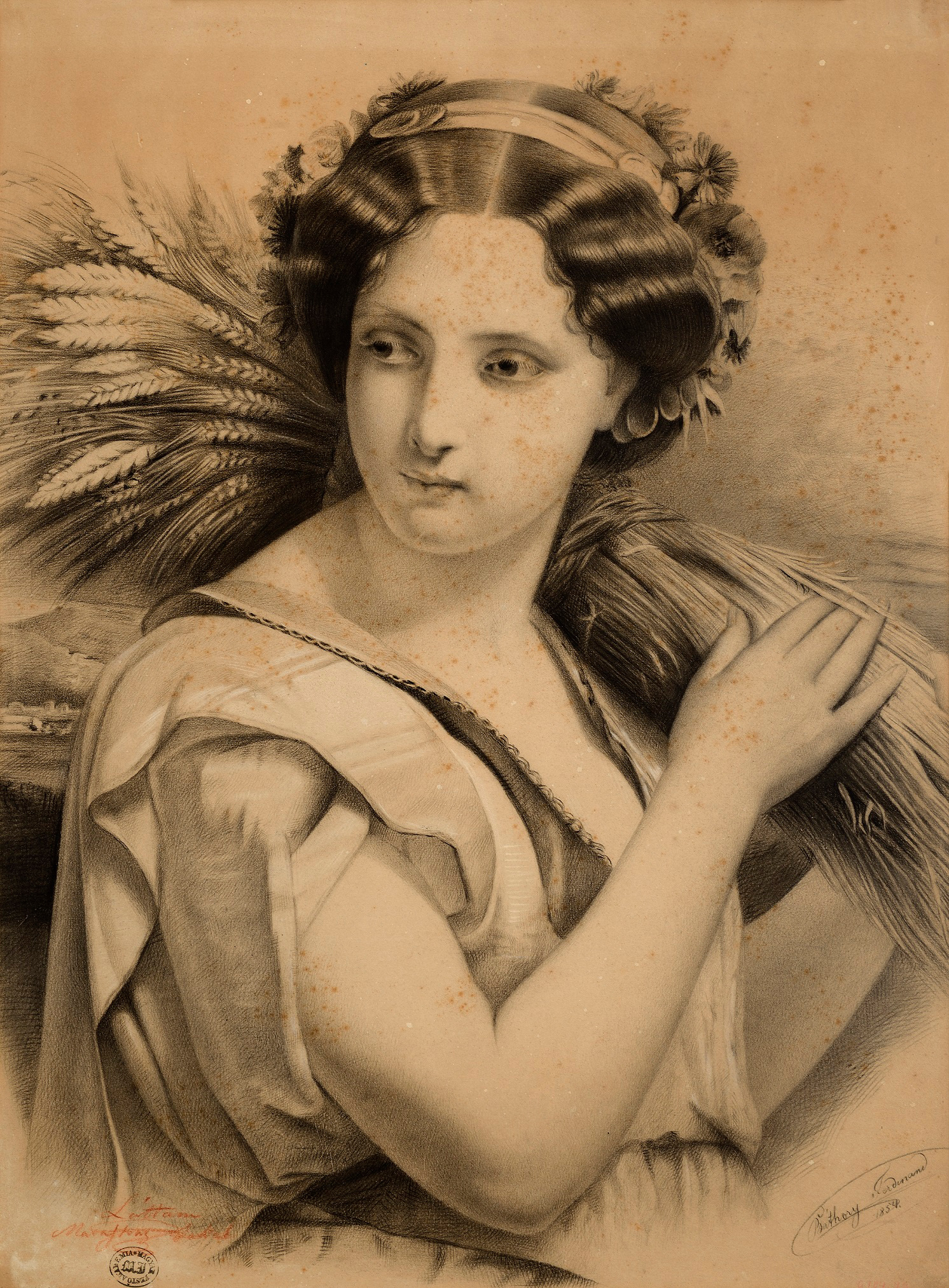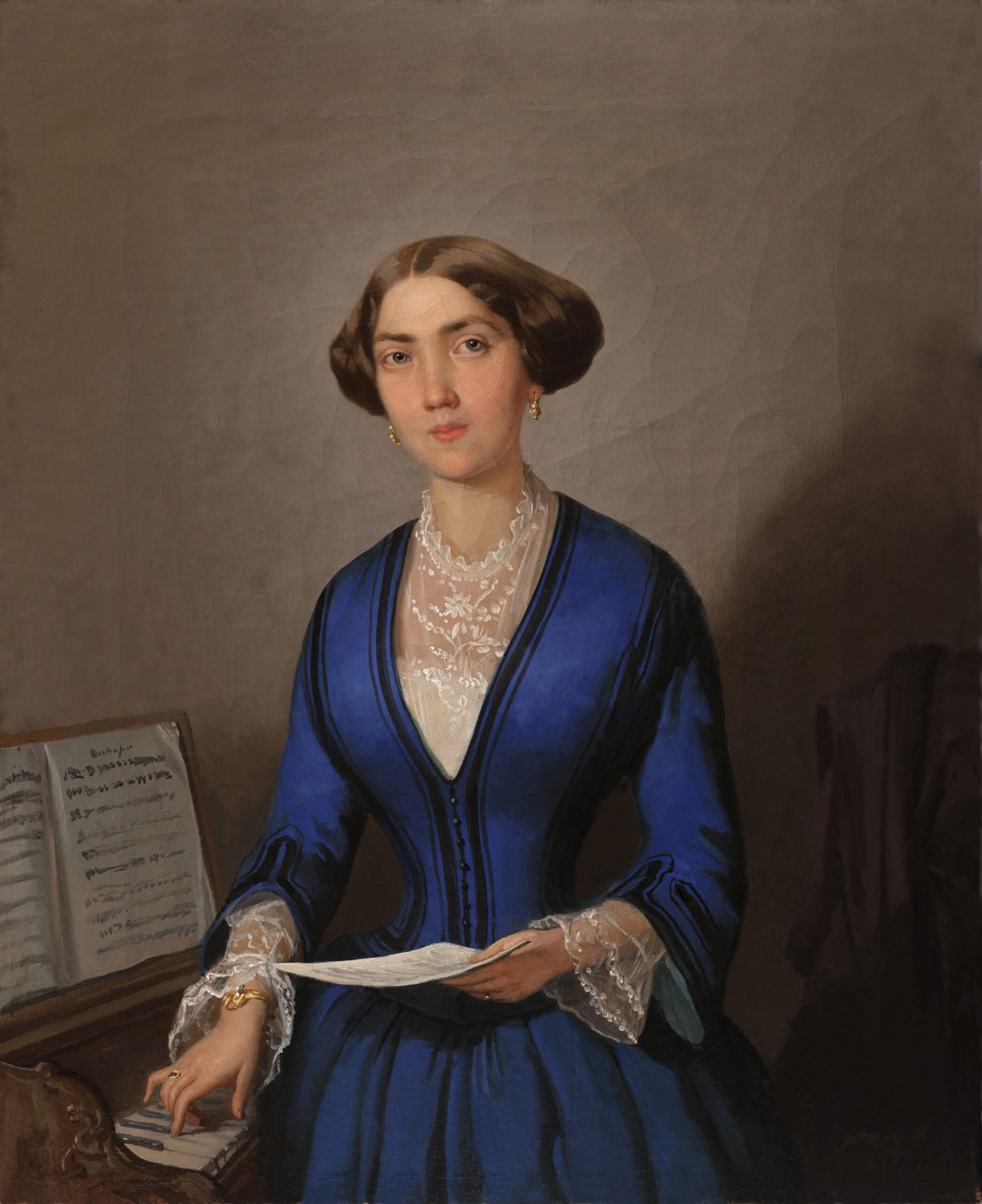19 June 2025 – 26 October 2025
Temporary Exhibition
Giacomo Marastoni, or Jakab Marastoni as he was known in Hungarian (1804‒1860), was born in Venice, where he studied at the famous Academy of Fine Arts. After travelling in Austria in the early 1830s, he moved to Pozsony/Pressburg/Bratislava in 1833 and eventually settled down in Pest in 1836, where he lived until his death.
Marastoni joined the reformist revival of Hungary. He worked as a portrait painter during the parliamentary assemblies of Pozsony/Bratislava and Kolozsvár/Cluj, and he received commissions from noble and middle-class families for decades. In 1846, he spent his entire fortune on setting up his pioneering institution, the First Hungarian Academy of Painting in Pest, in Nagyhíd Street, on the third floor of a building designed by József Hild. He acquired the necessary reproductions, plaster sculptures and engravings from Italy. In Pest, the opening of the Academy was a major cultural event that was met with great interest, and in the same year Marastoni was elected an honorary citizen of Pest. The private art school, which also received patronage, operated until Marastoni’s death in 1860. Among the students were many important artists of the second half of the 19th century, such as Mihály Szemlér and Károly Lotz.
The exhibition presents Marastoni’s family and his studies, tracing his life from Venice – through Vienna and Bratislava – to Pest. Being an artist and an artist organiser, Marastoni quickly became a major figure in the public life of Pest. His network of contacts, his Academy in Pest, as well as the early work of the group of Hungarian artists who started their career at his school and later acquired a name for themselves, all played a decisive role in the development of Pozsony (Bratislava) and Pest during the Hungarian Reform Era. The operation of his art school was based on traditional academic values, with the intention of creating domestic higher education in fine arts. During this time – like today – it was not unusual for artists to try their luck in several different parts of Europe. Marastoni’s multi-national identity was only natural in an era embedded in the Central-Europeanism of the Habsburg Empire. Towards the end of the Reform Era, Miklós Barabás and Marastoni were considered the country’s most important portrait painters, and Marastoni also carried out early experiments in daguerreotype. His private institution was the most important forerunner of the art education established by the state in 1871.
This is the first exhibition that attempts to review the oeuvre of Giacomo/Jakab Marastoni. In addition to starting from the Fine Arts Collection of the Budapest History Museum, the Municipal Gallery, it presents works on loan from the most significant domestic public collections, such as the Museum of Fine Arts – Hungarian National Gallery and the Hungarian National Museum. In addition, several works of art are on display in Budapest for the first time, such as the large family portrait of the Scherz family, borrowed from the Bratislava City Gallery, but the special drawings from the collection of the BHM Kiscell Museum – Municipal Gallery, nearly 60 study drawings, have never been on display before.
The exhibition, which opens as a result of six years of preparatory work, will display 240 works of art from 28 public and church collections in four countries, as well as on loan from private collectors.
Curated by Dr. Péter Farbaky and Eszter Molnárné Aczél



